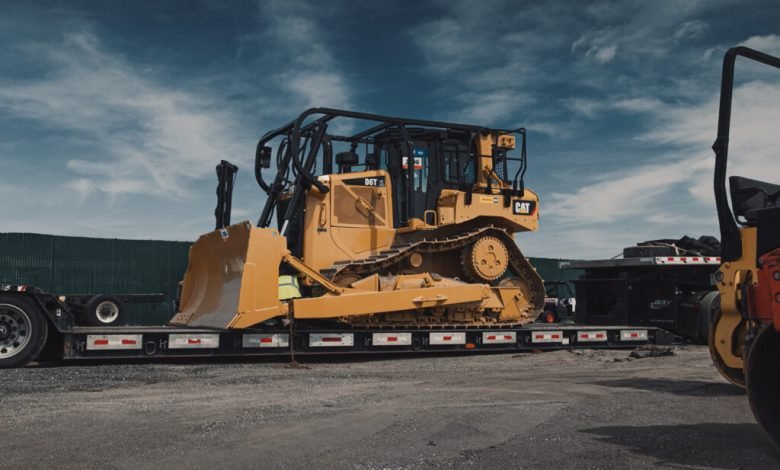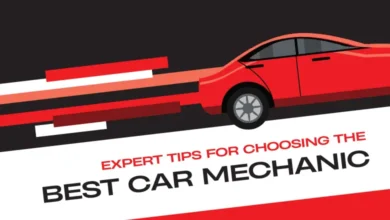5 Main Differences Between Wheel And Track Dozer

Heavy-duty machines known as dozers are crucial for a variety of construction, mining, and agricultural applications. These machines are available in various types and sizes to complement your job requirement. They are made to push and move things around a work site in a meantime.
Among different types of dozers, wheel, and track dozers are two of the most popular types of dozers. Despite the fact that both machines have the same function, there are some key distinctions between them in terms of design, usage, and functioning. You need to choose the one which is the best fit for your project.
We will examine the five key distinctions between wheel and track dozers in this article.
1. Mobility
The primary distinction between a wheel and a track dozer is their mobility. Wheel dozers can travel around the job site with ease because they come with four wheels. These wheels are perfect for work in confined locations because of their outstanding mobility.
The track dozer, also known as a crawler for sale, lacks wheels and comes with tracks. These tracks have great traction, making them perfect for use when working on rocky or uneven ground. It might be hard for them to navigate in confined locations since they are less maneuverable than wheel dozers. So, if you are working in open and difficult terrains, choose the track ones.
2. Speed
The pace at which wheel and track dozers operate is another significant distinction. Since wheel dozers are efficient to move quickly, they are perfect for jobs that call for speed, like grading or levelling. They are also perfect for tasks like loading and unloading products that often need back-and-forth movement.
Track dozers are not as faster as wheel dozers, but because of their increased strength and capacity to move heavier loads of material, they are perfect for heavy-duty tasks.
3. Stability
Another significant difference is the stability of wheel and track dozers. Wheel dozers have a low centre of gravity, which makes them very stable. They are less prone to fall over even when working on hills that are rather steep.
Whereas, a track dozer for sale, on the other hand, has a lower centre of gravity and is less stable. They are more likely to fall when working on slopes or uneven terrain. On the other side, the tracks are very grippy and can keep individuals from slipping and sliding.
4. Maintenance
Wheel dozers often require less maintenance than track dozers. This is because they have fewer moving components and need less general maintenance. But they do necessitate more frequent tire replacements, which can be costly.
Track dozers, on the other hand, have more moving components and require more frequent maintenance. The tracks need frequent inspection for damage, and they can require replacement more frequently than tires. The replacement of tracks would be more expensive than the wheels.
5. Application
Finally, the application is a key distinction between wheel and track dozers. wheel dozers are perfect for the tasks like grading, leveling, and material loading and unloading as these jobs need speed and frequent maneuverability. They are also perfect for working on smooth, hard surfaces like concrete or asphalt.
Whereas, track dozers, are perfect for labor-intensive tasks requiring traction and power, such as digging, moving big loads of material, and working on rocky or uneven terrain.
Conclusion
Although wheel and track dozers do the same task, they differ greatly in terms of mobility, speed, stability, upkeep, and application. While deciding between the two, it is vital to examine the specific needs of the project site and the work that needs to be done. Track dozers are best for heavy-duty work that needs power and traction, whereas wheel dozers are best for tasks that need more speed and maneuverability. The decision between wheel and track dozers ultimately comes down to the particular needs and specifications of the construction site.




